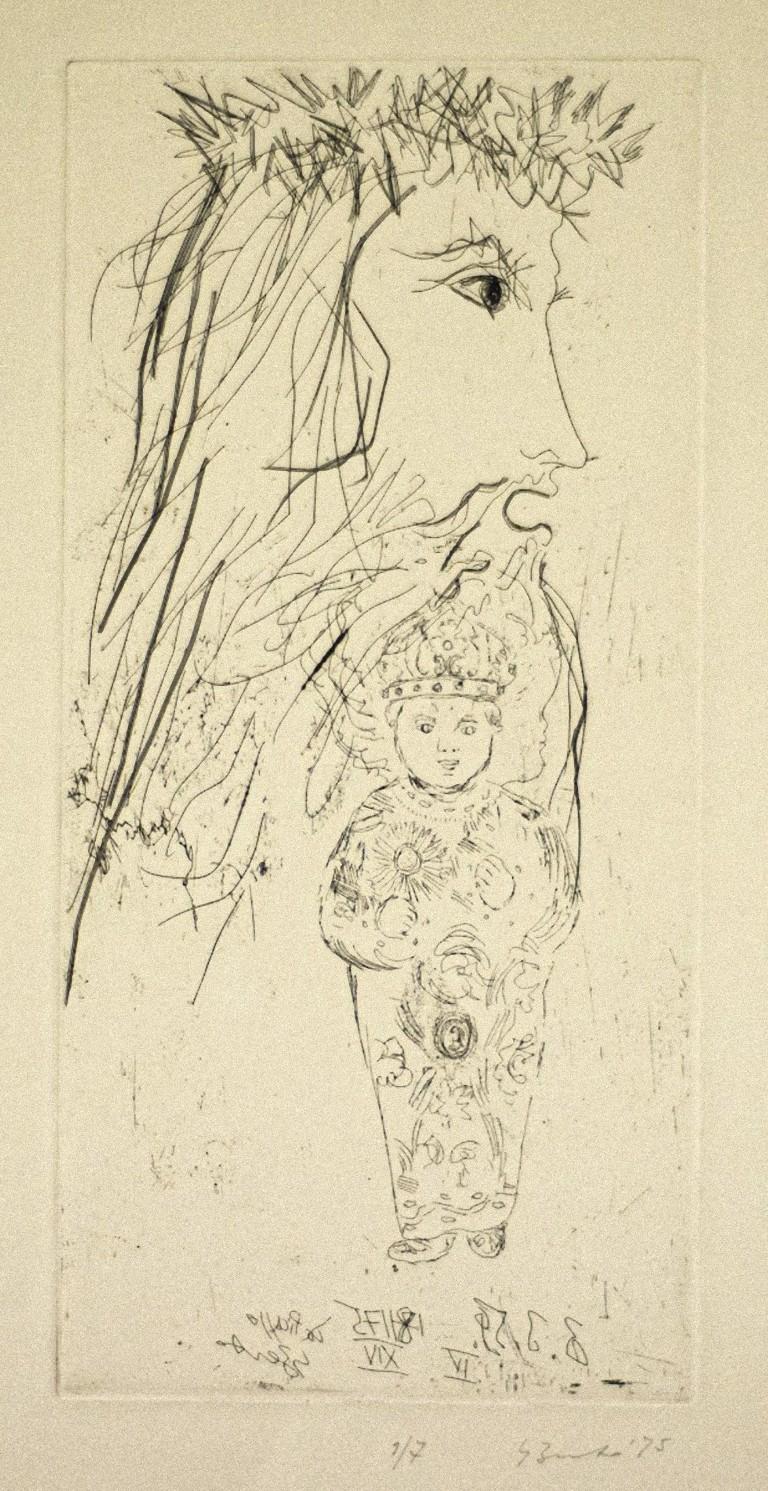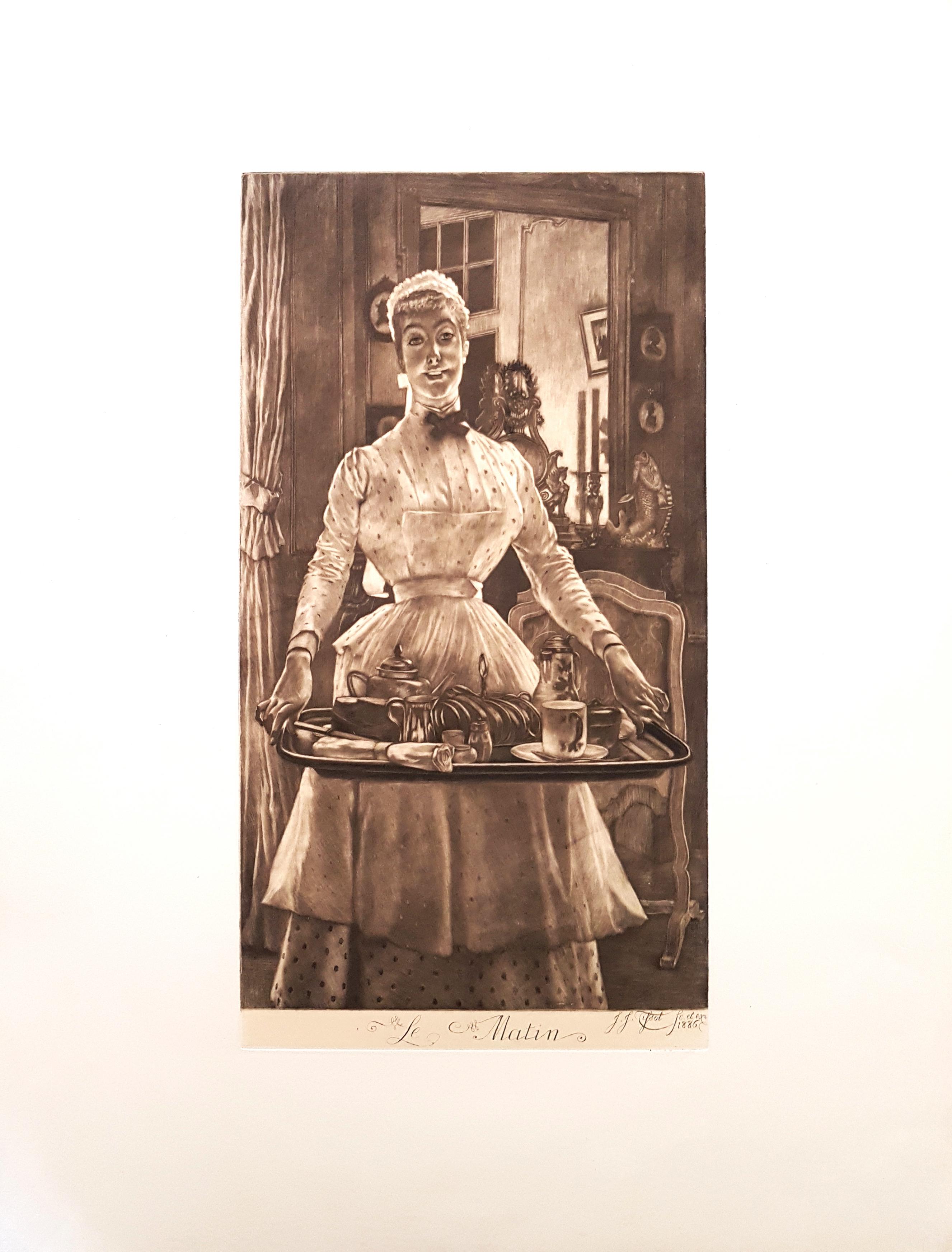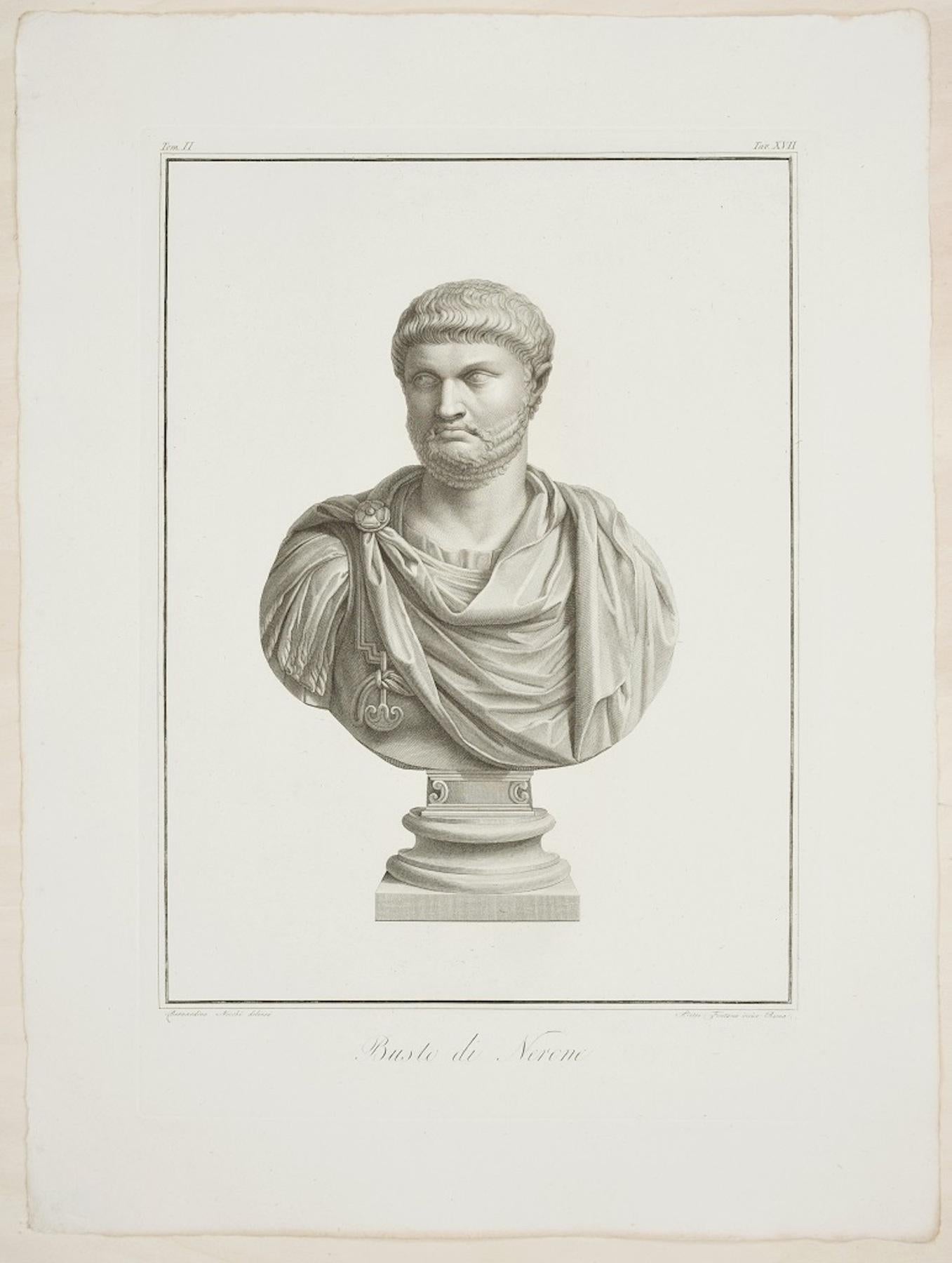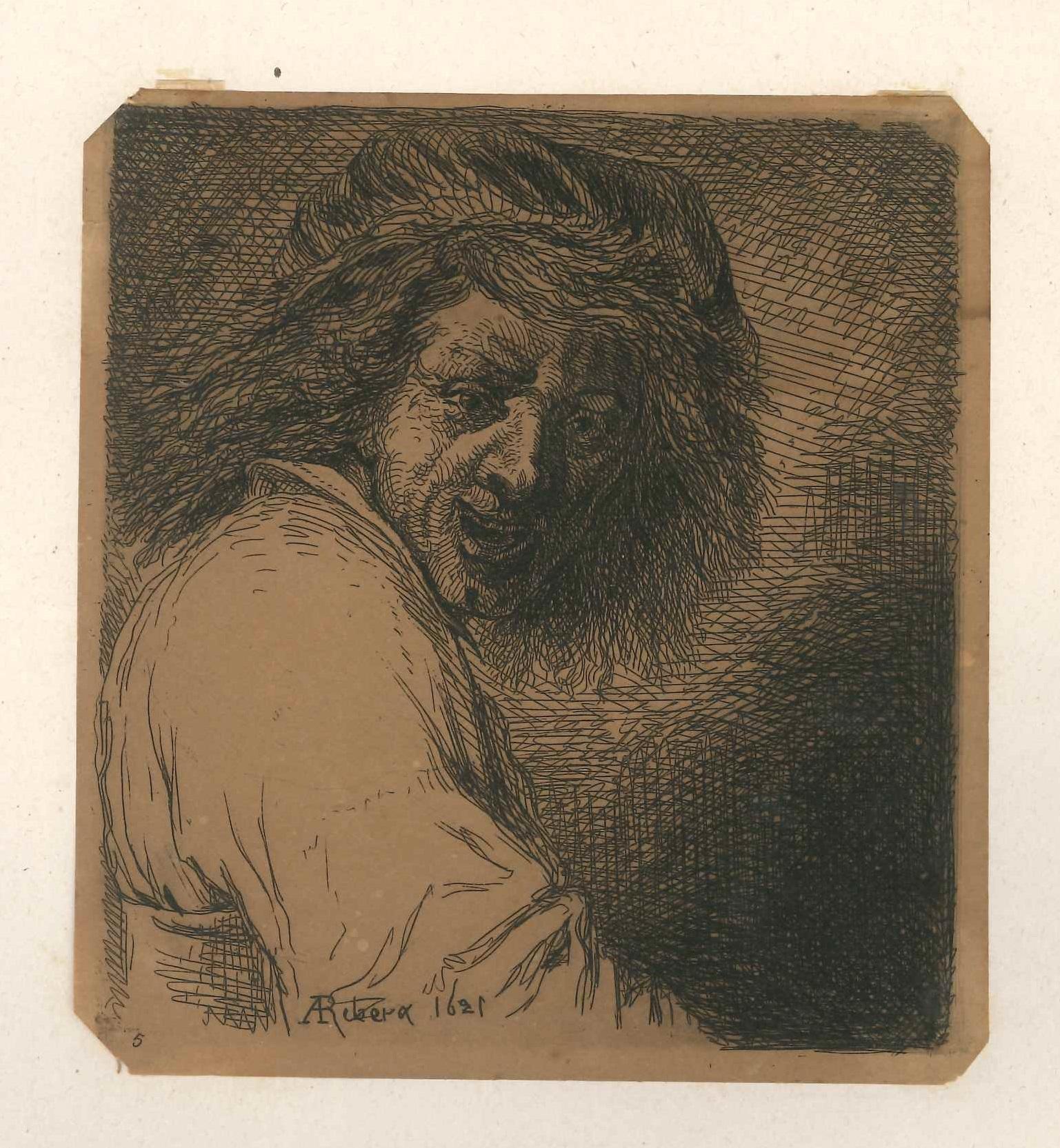Pablo PicassoPablo Picasso - Seated Woman - Original Etching1943
1943
About the Item
- Creator:Pablo Picasso (1881-1973, Spanish)
- Creation Year:1943
- Dimensions:Height: 7.29 in (18.5 cm)Width: 11.03 in (28 cm)Depth: 0.04 in (1 mm)
- Medium:
- Movement & Style:
- Period:
- Condition:
- Gallery Location:Collonge Bellerive, Geneve, CH
- Reference Number:1stDibs: LU16125266222
Pablo Picasso
One of the most prolific and revolutionary artists the world has ever seen, Pablo Picasso had a tremendous impact on the development of 20th-century modern art. Although he is best known for his association with the Cubist movement, which he founded with Georges Braque, Picasso’s influence extends to Surrealism, neoclassicism and Expressionism.
“Every act of creation is, first of all, an act of destruction,” the Spanish artist proclaimed. In Picasso's Cubist paintings, he emphasizes the two-dimensionality of the canvas, breaking with conventions regarding perspective, foreshortening and proportion. Picasso was inspired by Iberian and African tribal art. One of his most famous pre-Cubist works is Les Demoiselles d’Avignon (1907), a painting considered immoral and shocking at the time for its depiction of nude women whose faces resemble Iberian tribal masks.
Picasso made many portraits in this style, most often of the women in his life, their expressively colored faces composed of geometric shards of surface planes. In Woman in a Hat (Olga), 1935, he painted his first wife as an assemblage of abstract forms, leaving the viewer to decipher the subject through the contrasting colors and shapes. Picasso was a tireless artist, creating more than 20,000 paintings, drawings, prints, ceramics and sculptures. Tracing his life’s work reveals the progression of modern art, on which he had an unparalleled influence.
Browse an expansive collection of Pablo Picasso's art on 1stDibs.
- ShippingRetrieving quote...Ships From: Collonge Bellerive, Geneve, Switzerland
- Return PolicyA return for this item may be initiated within 7 days of delivery.
- Henry de Waroquier - Portrait - Original EtchingBy Henry de WaroquierLocated in Collonge Bellerive, Geneve, CHHenry de Waroquier - Portrait - Original Etching Paris, Le Gerbier, 1946 Edition of 340 Signed in the plateCategory
1940s Modern Portrait Prints
MaterialsEtching
- Robert Lotiron - Landscape - Original EtchingBy Robert LotironLocated in Collonge Bellerive, Geneve, CHRobert Lotiron - Landscape - Original Etching Paris, Le Gerbier, 1946 Edition of 340 Born 29 October 1886, in Paris; died 18 April 1966, in Rueil-Malmaison. Painter (gouache), watercolourist, draughtsman, engraver, lithographer, illustrator. Landscapes. Murals, designs for tapestries. Robert Lotiron was a pupil of Jules Lefebvre...Category
1940s Modern Portrait Prints
MaterialsEtching
- Hermine David - Workers - Original EtchingBy Hermine DavidLocated in Collonge Bellerive, Geneve, CHHermine David - Workers - Original Etching Paris, Le Gerbier, 1946 Edition of 340 Signed in the plateCategory
1940s Modern Portrait Prints
MaterialsEtching
- André Lhote - Cubist Landscape - Original EtchingBy André LhoteLocated in Collonge Bellerive, Geneve, CHAndré Lhote - Cubist Landscape - Original Etching Paris, Le Gerbier, 1946 Edition of 340 Signed in the plate Unumbered as issuedCategory
1940s Modern Portrait Prints
MaterialsEtching
- Pierre Bonnard - People - Original EtchingBy Pierre BonnardLocated in Collonge Bellerive, Geneve, CHPierre Bonnard - People - Original Etching Circa 1940 Dimension : 30 x 23 cm Signed in the plate with his initials.Category
1940s Modern Figurative Prints
MaterialsEtching
- Jacques Villon - Surreal Cubism - Original EtchingBy Jacques VillonLocated in Collonge Bellerive, Geneve, CHJacques Villon - Surreal Cubism - Original Etching Paris, Le Gerbier, 1946 Edition of 340 Dimensions : 33 x 24.3 cm Unsigned and unumbered as issuedCategory
1940s Modern Portrait Prints
MaterialsEtching
- Portrait - Original Etching on Paper - 1930sLocated in Roma, ITPortrait is an original print on paper realized by an Anonymous artist in the 1930s. Original etching on paper. Good conditions except for ...Category
1930s Modern Figurative Prints
MaterialsEtching
- Portrait - Etching by Claudin Felix - 19th centuryLocated in Roma, ITPortrait is an original artwork realized by Claudin Felix (1875-1956). Original etching. Image Dimensions: 19.5 x 16 cm. Good conditions except for some foldings. The artwork rep...Category
19th Century Modern Figurative Prints
MaterialsEtching
- King David - Etching on Paper by Gian Paolo Berto - 1975Located in Roma, ITKing David is an original etching on paper realized by Gian Paolo Berto, in 1975. Good conditions. Hand-signed and numbered, rare edition: 1/7. Sheet dimension: 70 x 50 The artwo...Category
1970s Modern Figurative Prints
MaterialsEtching
- Le Matin - Etching by James Tissot - 1886By James TissotLocated in Roma, ITWonderful mezzotint and etching on China paper applied. The inscription reads: "Le matin/ J. J. Tissot Sc. et ex. 1886". Titled, signed and dated on plate on the lower margin, below ...Category
1880s Modern Figurative Prints
MaterialsEtching, Aquatint
- Bust of Nero - Original Etching by P. Fontana After B. Nocchi - 1821By Pietro FontanaLocated in Roma, IT“Busto di Nerone” (Bust of Nerone) is a beautiful black and white burin and etching on paper, realized by the Italian artist Pietro Fontana, after Bernardino Nocchi as the inscriptions on plates on lower margins report “Bernardino Nocchi delineò./ Pietro Fontana incise Roma”. This original print is numbered on plate in Roman numerals on higher margin: “Tom II. /Tav. XVII" and is a plate from the series "Illustrazioni de'Monumenti scelti Borghesiani già esistenti nella Villa sul Pincio (..)date ora per la prima volta in luce dal cav. Gio. Gherardo De Rossi e da Stefano Piale sotto la guida di Vincenzo Feoli", by Ennio Quirino Visconti, published by Stamperia de Romanis in Rome, 1821. This old master’s original prints shows a precious piece of the Borghese's collection, the marble bust of the Roma Emperor, Nerone, realized with neoclassical style and a wise touch In excellent conditions with some light signs of the time, with some sporadic minor stains along the margins above all on the lower, and a usual yellowing of the paper on the lower margin, this wonderful burin has preserved still today his fresh impression. Illustrazioni de' Monumenti scelti Borghesiani This collection in two volumes is a beautifully detailed catalog of classical sculptures collected by Prince Borghese (1730-1800) in his Villa on the Pincio. Ennio Quirino Visconti (1751 - 1818) wrote the texts that accompany the large branches depicting. To these writings, which were available by the son of the illustrious archaeologist, the publishers added only a few illustrations relating to some minor monument of which copper had already been engraved. The engraved title-plate are signed by draughtsmen like Agostino Tofanelli, Stefano Tofanelli, Bernardino Nocchi, Domenico de Angelis or Teodoro Matteini, and by engravers Pietro Fontana Veneto, P. Vitali, Pietro Bettelini, Giovanni Folo Veneto, Giovanni Brunetti da Ravenna, Giovanni Ottaviani, Francesco Cecchini, Gio. Batta. Leonetti, Girolamo Carattoni, Domenico Cunego, Luigi Cunego, Alessandro Mochetti, Luigi Pizzi, Angelo Campanella or Giacomo Bossi. The Volume I shows ancient full-length statues, of the Borghese warrior by Agasias (two plates), Greek gods and heroes and Roman famous historical figures; the last two plates represents antique Egyptian deities. There are plates representing ancient bas-reliefs, sarcophagi, of mythological subjects, the Borghese Vase, portrait busts, a vase on an altar, two statues of Amor; and two modern statues, by Bernini (the Apollo and Daphne, and the David). «Très bel ouvrage» writes Brunet, «Grand ouvrage, le seul qui mérite, parmi ceux sur la villa Borgese, de figurer dans le chapitre aux Galeries et Collections» Vinet said, looking at this plate. Pietro Fontana (Bassano Romano,1762 – Rome, 1837) The Italian artist and engraver, Pietro Fontana was active in Rome and specialized in subjects dealing with the Vatican and the Papacy. He started his career as a student of Raffaello...Category
1820s Modern Figurative Prints
MaterialsEtching
- Rienz, inspiré de Ribera - b/w Etching by Charles Jacque - 1868By Charles-Emile JacqueLocated in Roma, ITRienz, inspiré de Ribera is a wonderful etching realized in 1868 by Charles Jacque (1813-1894). This is the fifth plate from a suite of eight etchings inspi...Category
1860s Modern Portrait Prints
MaterialsEtching
Recently Viewed
View AllRead More
Science Uncovers Hidden Truths behind Young Pablo Picasso’s Blue Period
From 1901 to 1904, Picasso limited his palette to bluish hues in producing some of his most famous early works. A new show looks at the recycled materials, hidden underpaintings, surprising influences and bohemian lifestyle that led to their creation.
Who Are the Most Popular Artists on 1stdibs?
Learn the stories of some of the world's most recognizable artworks and their makers.






